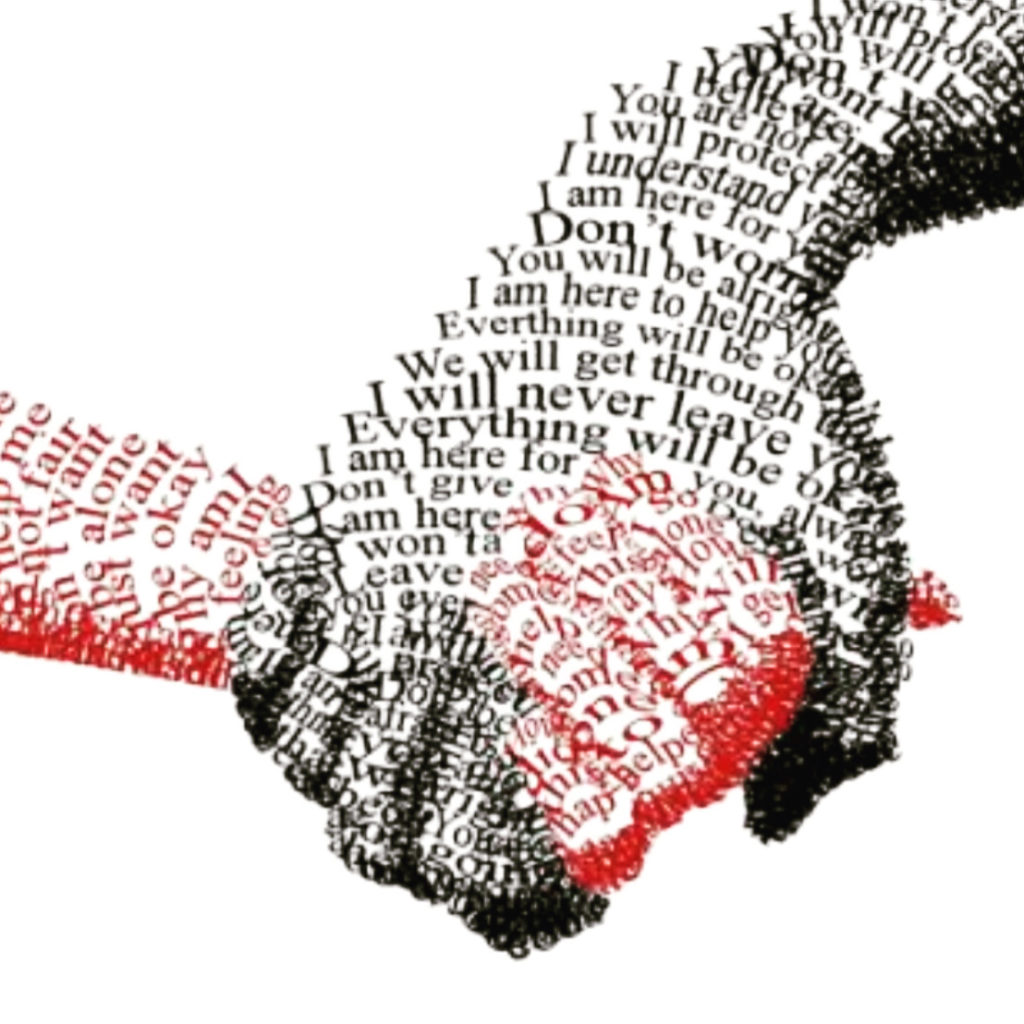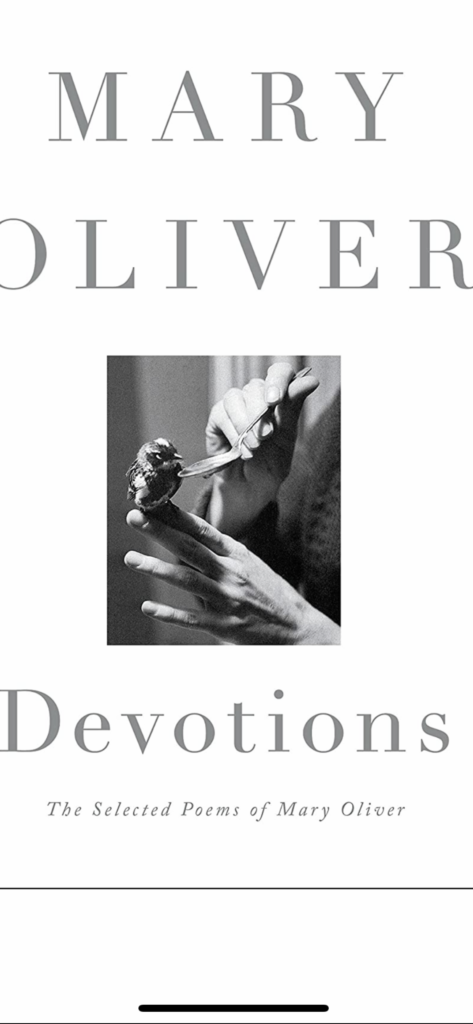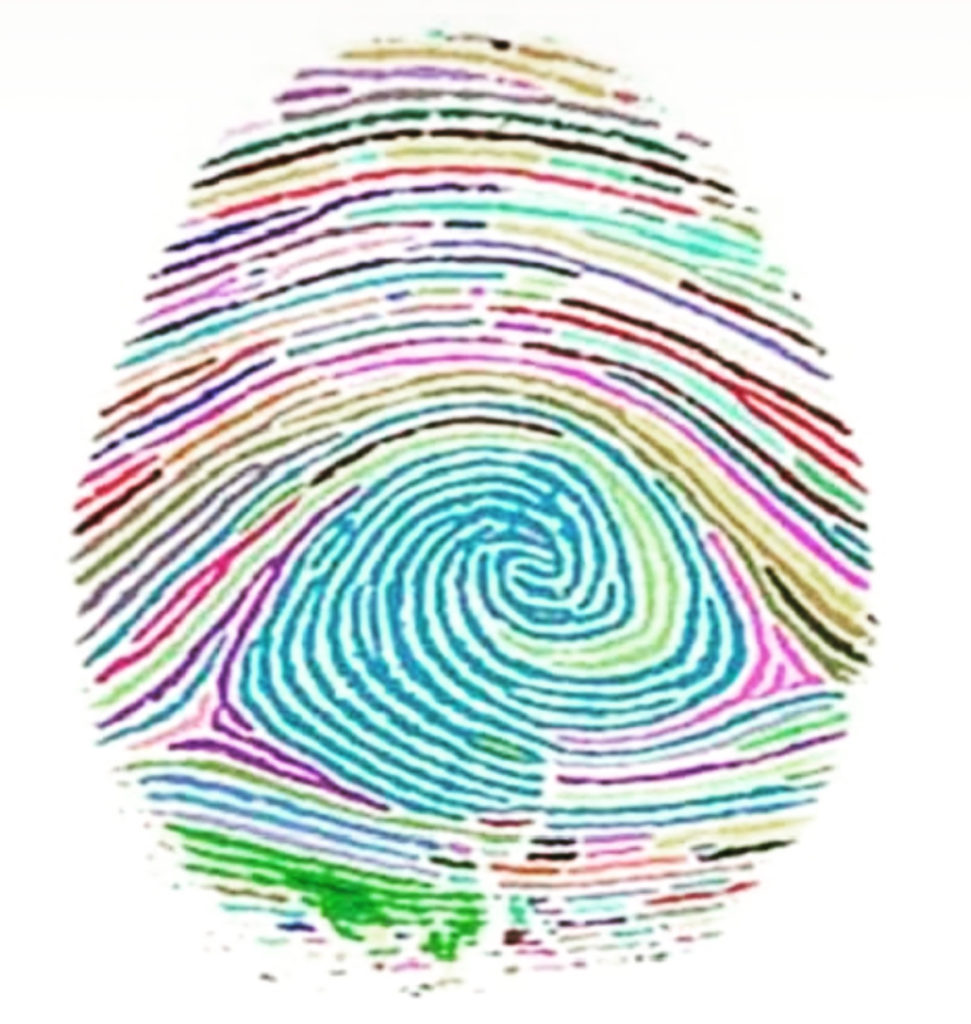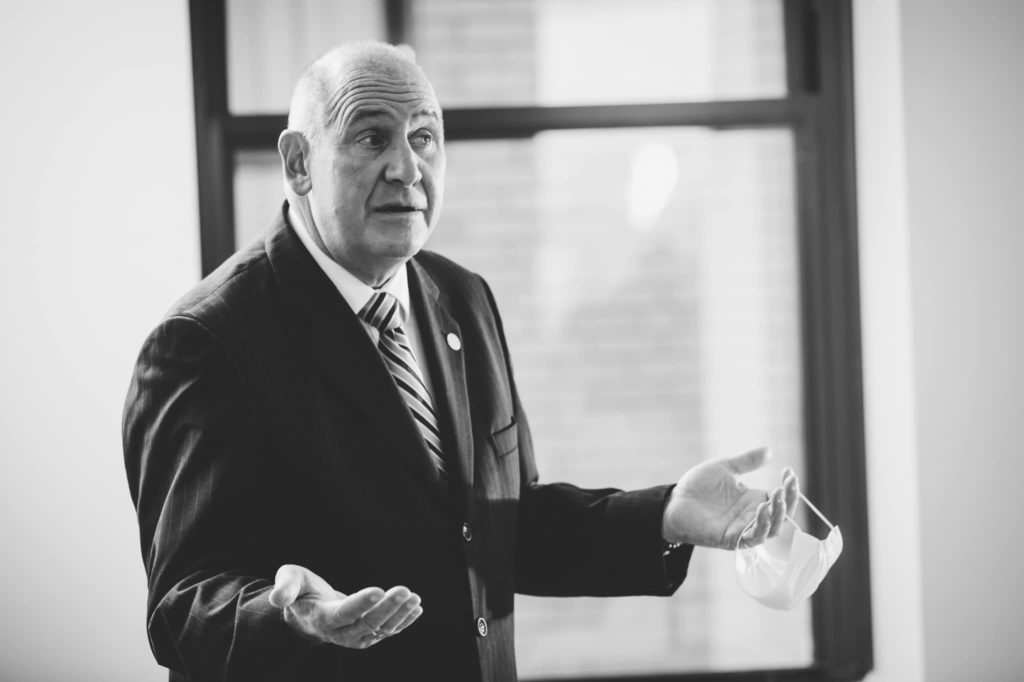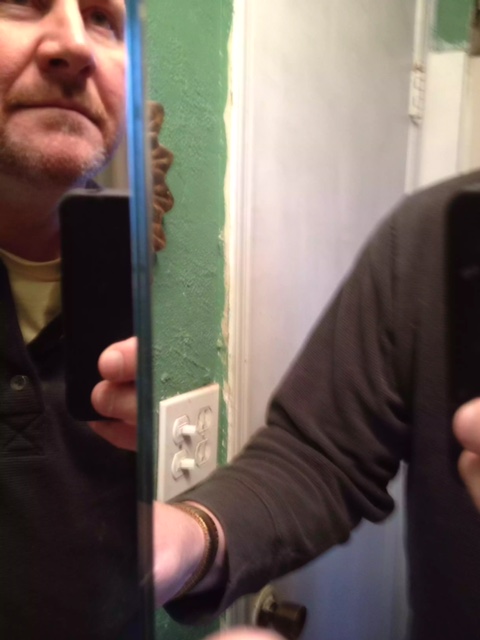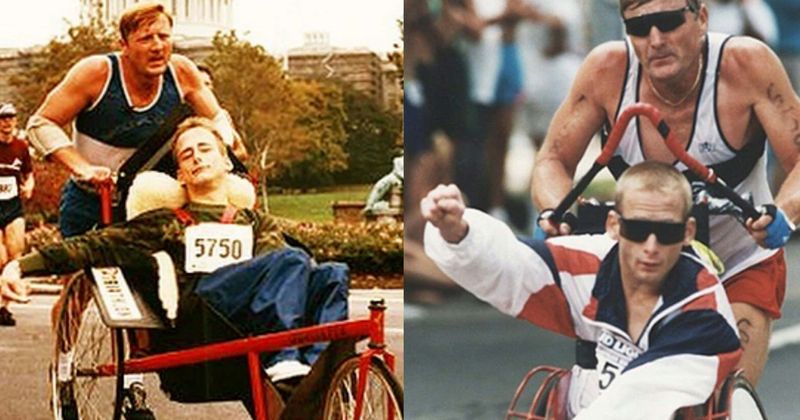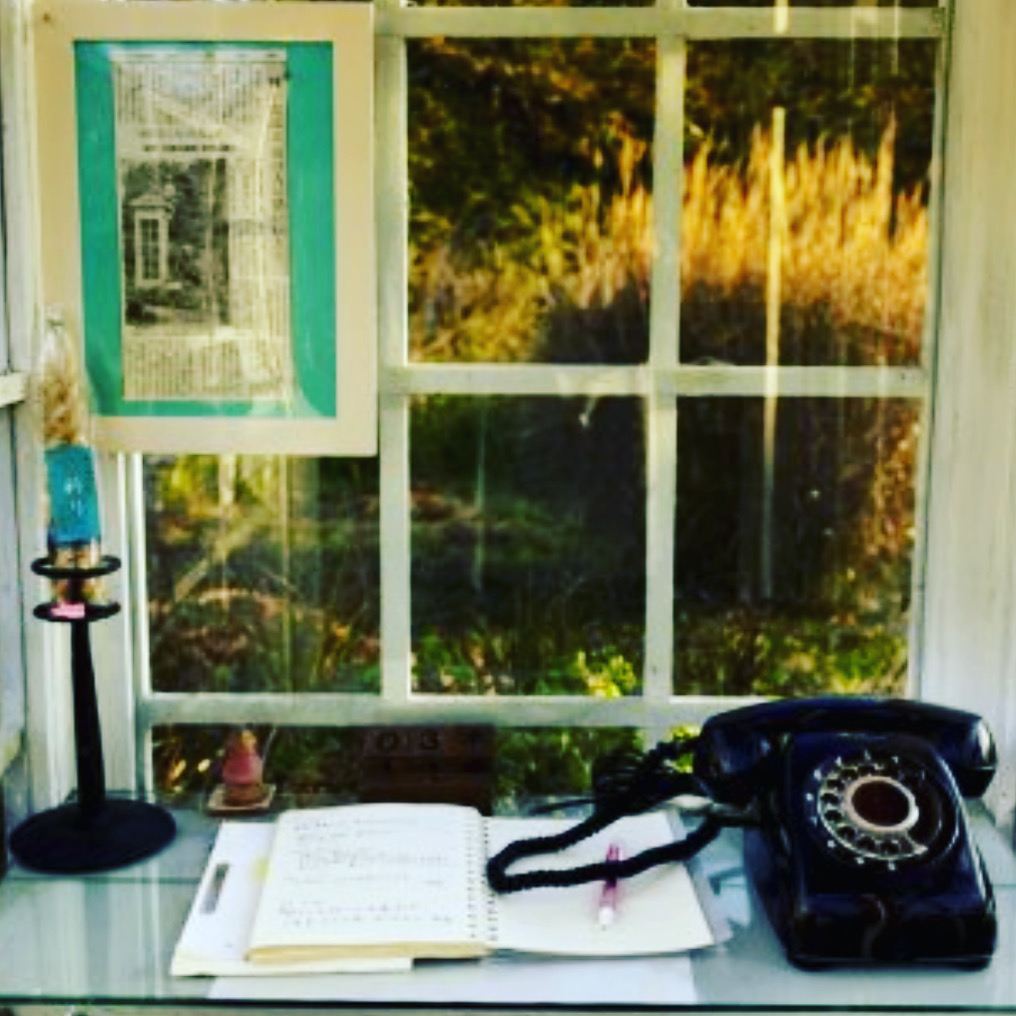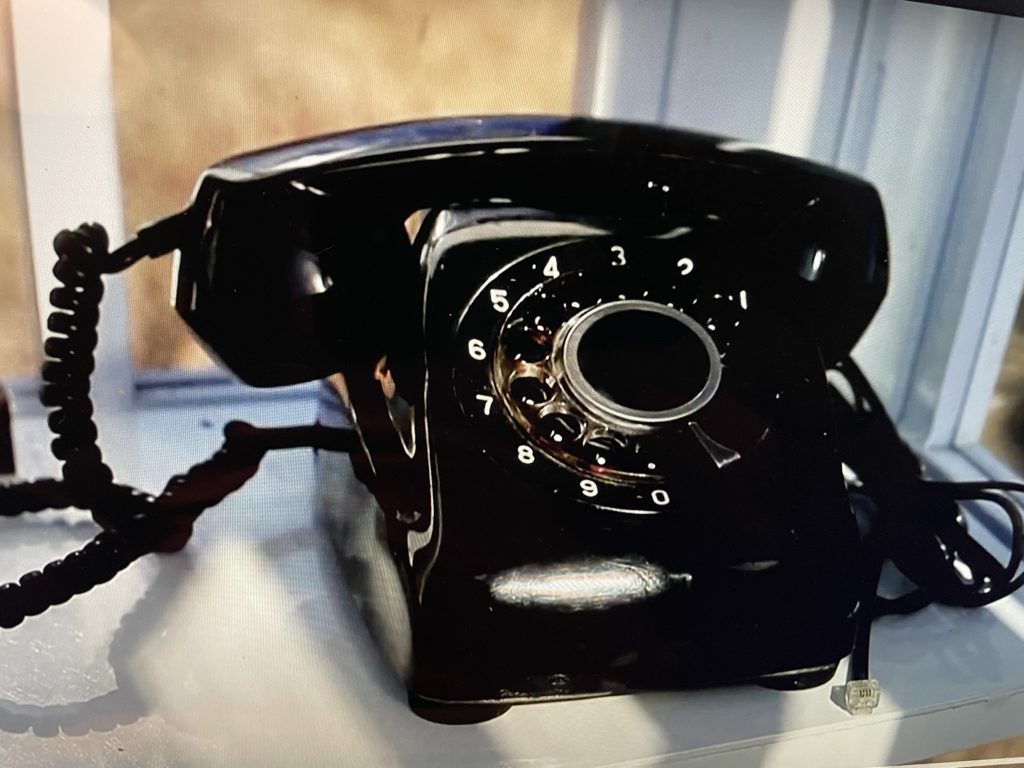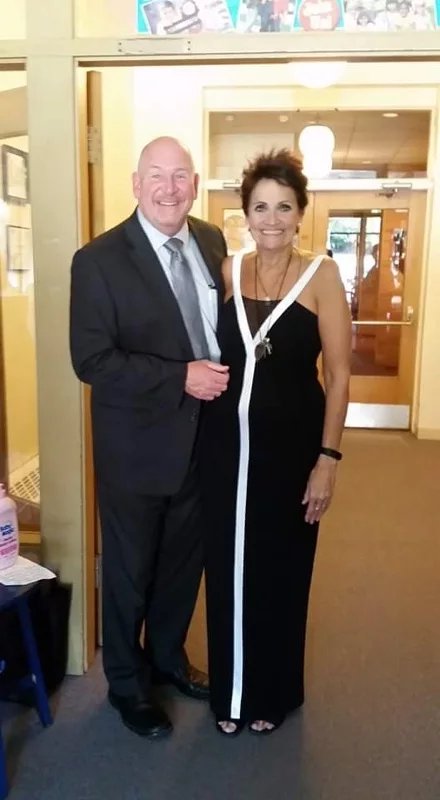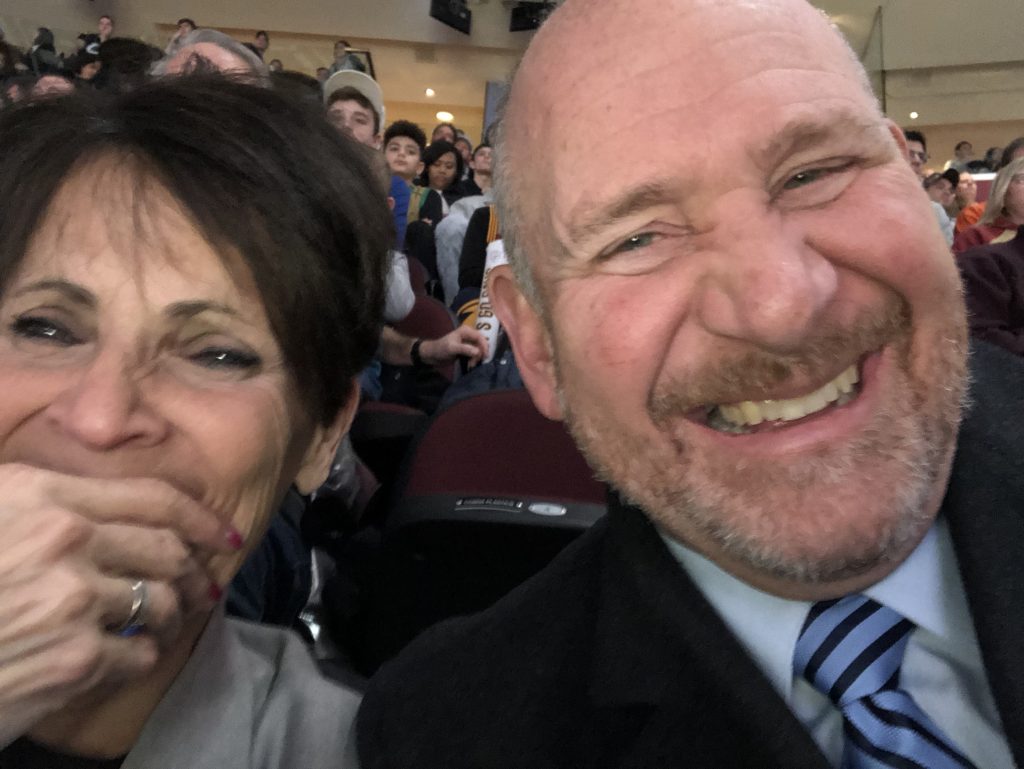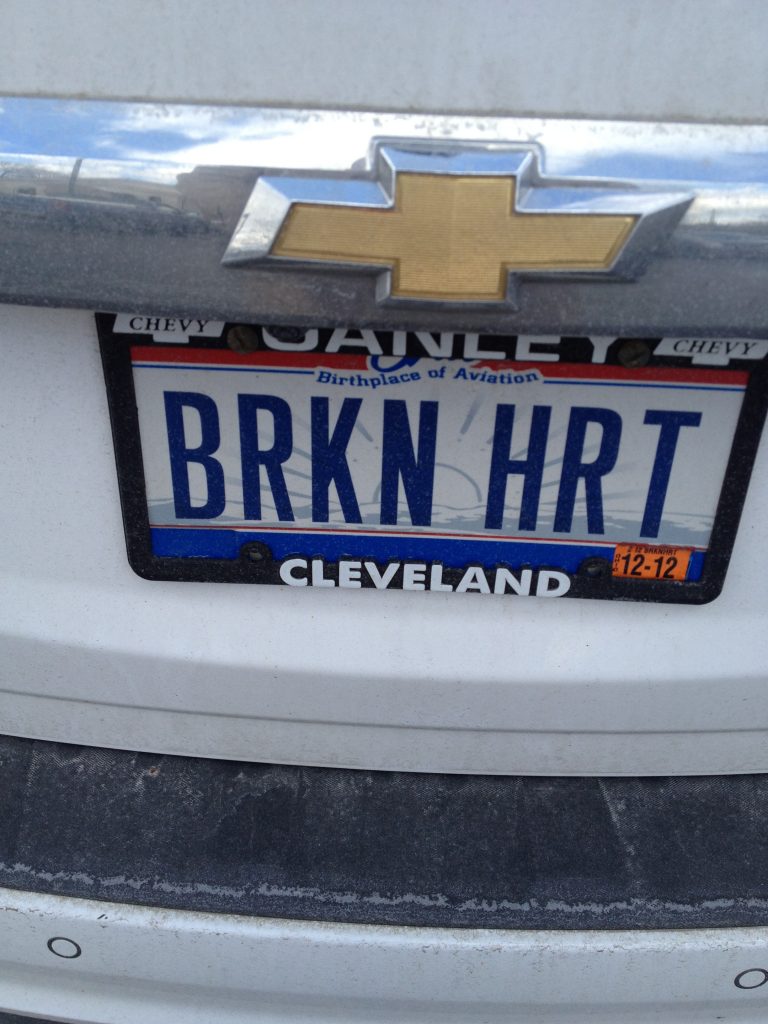
IT LITERALLY GLARED AT ME. . .
The car with
THAT LICENSE PLATE
was right in front of me
at a Red Light
and reading it
BROKE MY HEART. . .
I wanted to honk long before the Light turned
GREEN
to get the Driver’s attention
or just get out of the car
and go
CARE STALKING
by pounding on the window
but instead
I just sat there
w o n d e r i n g
until the guy behind me
threw his arms up in the air
after honking because the Light had turned GREEN
and he saw my car wasn’t going as fast as my
m i n d

THERE’S A LOT
THAT SHINES
NOW LAYING
SMASHED
B R O K E N
and now the
evidence-based data
is in
and it’s not just
TELLING
. . .it’s SHOUTING
that BROKEN-HEART SYNDROME
is very, very real. . .
GET READY
FOR ALL OF THE COUNTLESS STUDIES
AND EVIDENCE BASED DATA
THAT’S FLOWING
AND WATER FALLING TOWARDS US
AT A TIDAL WAVE
VASTNESS
THAT’LL LEAVE US ALL MORE
THAN SOAKED
D R I P P I N G
with information
and
WHAT ABOUT’S
l i k e:
During the COVID-19 pandemic, researchers at the Cleveland Clinic have found a significant increase in patients experiencing stress cardiomyopathy, also known as “broken heart syndrome,” which has symptoms similar to a heart attack, according to a new study from the clinic.
“Especially when it comes to the loss of a job and economic stressors, those are things that the COVID pandemic is affecting in many people,” said Dr. Grant Reed. “So it’s not just the virus itself that’s causing illness in patients.”
Heartbreak is a common thread in movies, pop culture, and music but Cleveland Clinic cardiologists are warning patients about the serious effects of a broken heart and the possible connection with the COVID-19 pandemic.
“No one really expected to be in this situation and the pandemic has put dramatic, unprecedented stressors on our life,” Reed said. “These are patients that are coming in presenting very similar to how patients come in with a heart attack. They have EKG changes consistent with a heart attack and they have chest discomfort.”
Researchers said stress cardiomyopathy happens in response to physical or emotional stress, which causes dysfunction or failure in the heart muscle.
“The COVID-19 pandemic has brought about multiple levels of stress in people’s lives across the country and world. People are not only worried about themselves or their families becoming ill, they are dealing with economic and emotional issues, societal problems and potential loneliness and isolation,” said Ankur Kalra, M.D., a Cleveland Clinic cardiologist in the Sections of Invasive and Interventional Cardiology and Regional Cardiovascular Medicine, who led the study.
Patients with this condition have experienced symptoms similar to a heart attack, such as chest pain, shortness of breath, but usually don’t have acutely blocked coronary arteries.
“The stress can have physical effects on our bodies and our hearts, as evidenced by the increasing diagnoses of stress cardiomyopathy we are experiencing,” said Kalra.
Patients can also experience irregular heartbeat, fainting, low blood pressure and cardiogenic shock, which happens when the heart can’t pump enough blood to meet the body’s demand due to stress hormones.
Researchers have admitted the causes of stress cardiomyopathy are not fully understood.
Between March 1 and April 30, cardiologists looked at 258 patients with heart symptoms coming into Cleveland Clinic and Cleveland Clinic Akron General. Researchers compared them with four control groups and found a “significant increase” in patients diagnosed with cardiomyopathy, reaching 7.8% compared with pre-pandemic incidence of 1.7%, the release states.
All patients diagnosed with stress cardiomyopathy tested negative for COVID-19. Those with the condition since the COVID-19 outbreak had a longer hospital stay compared to those pre-pandemic. Doctors said patients with stress cardiomyopathy patients generally recover in a matter of days or weeks, although the condition can occasionally cause major adverse cardiac and cerebrovascular events.
“For those who feel overwhelmed by stress, it’s important to reach out to your healthcare provider. Exercise, meditation and connecting with family and friends, while maintaining physical distance and safety measures, can also help relieve anxiety,” said Grant Reed, director of Cleveland Clinic’s STEMI program and senior author for the study.
Reed said a number of factors can cause heart function to deteriorate, which include loneliness, financial stress, or overwhelming feelings of uncertainty brought on by stay-at-home orders.
“You have to recognize when you need to seek help and say, ‘Okay I need to take a step back.’ Maybe disconnect from social media and not read so much because that can stress us all out,” Reed said.
Researchers noted that additional research is needed in this area, especially if this trend in cases is present in other regions of the country. . .
But it still begs the legitimate, honest, lopsided
Q U E S T I O N
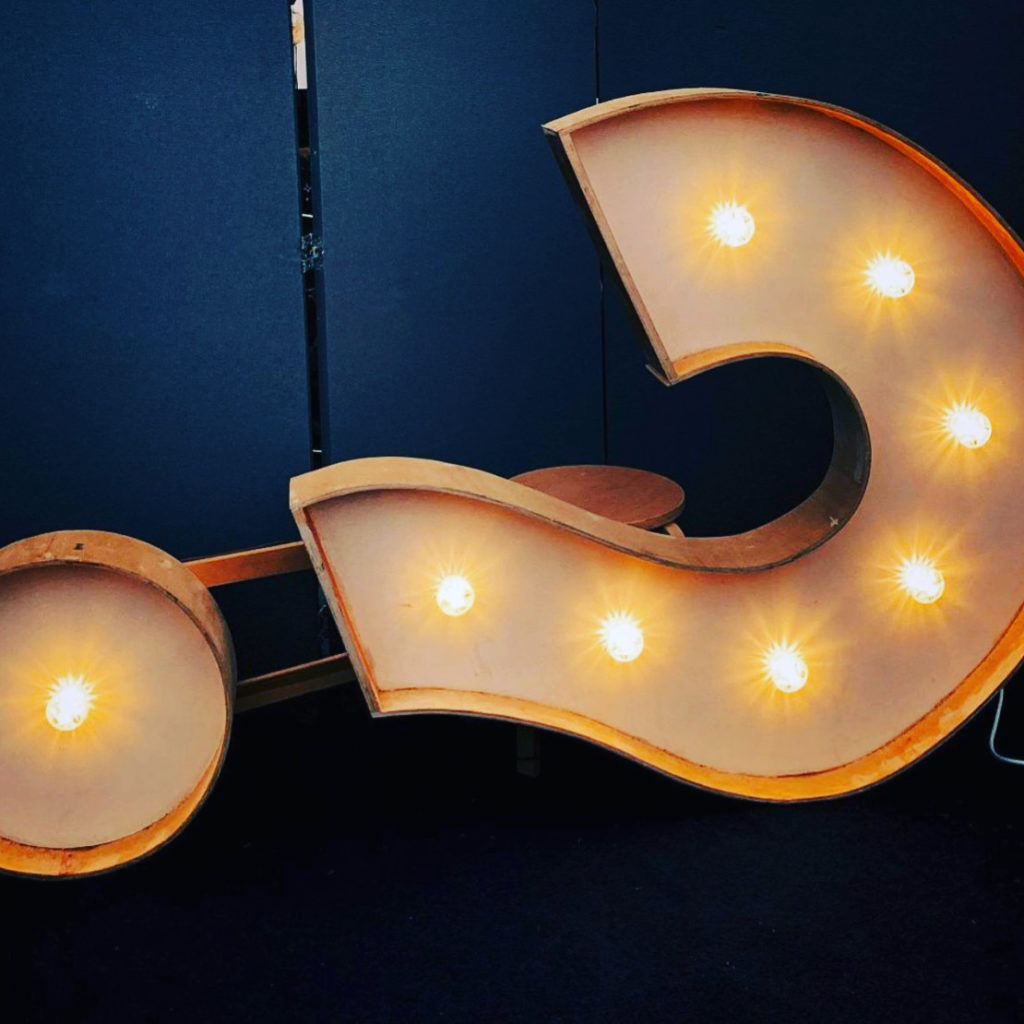
WHAT DO WE DO ABOUT IT. . .
WHAT’S THE CURE. . .
Could it be as simple
as readily accessible
inexpensive
minimally evasive
AND
literally at the end of our arms

Maybe it’s time to battle the urge
that took me to task
THAT
afternoon at the Red Light
. . .Maybe a little more
W A N D E R I N G
(toward the Brokenness)
instead of
w o n d e r i n g
(away with my idling ‘what if’ing’ daydream)
Maybe a little more
Reaching Out

and a lot less of
Settling In

It just may be the kind of vaccine that’s needed to eradicate
A BROKEN HEART
(A REAL THING)
and it can come
from none other than
A Compassionate Caring
Y O U
(A REAL THING)
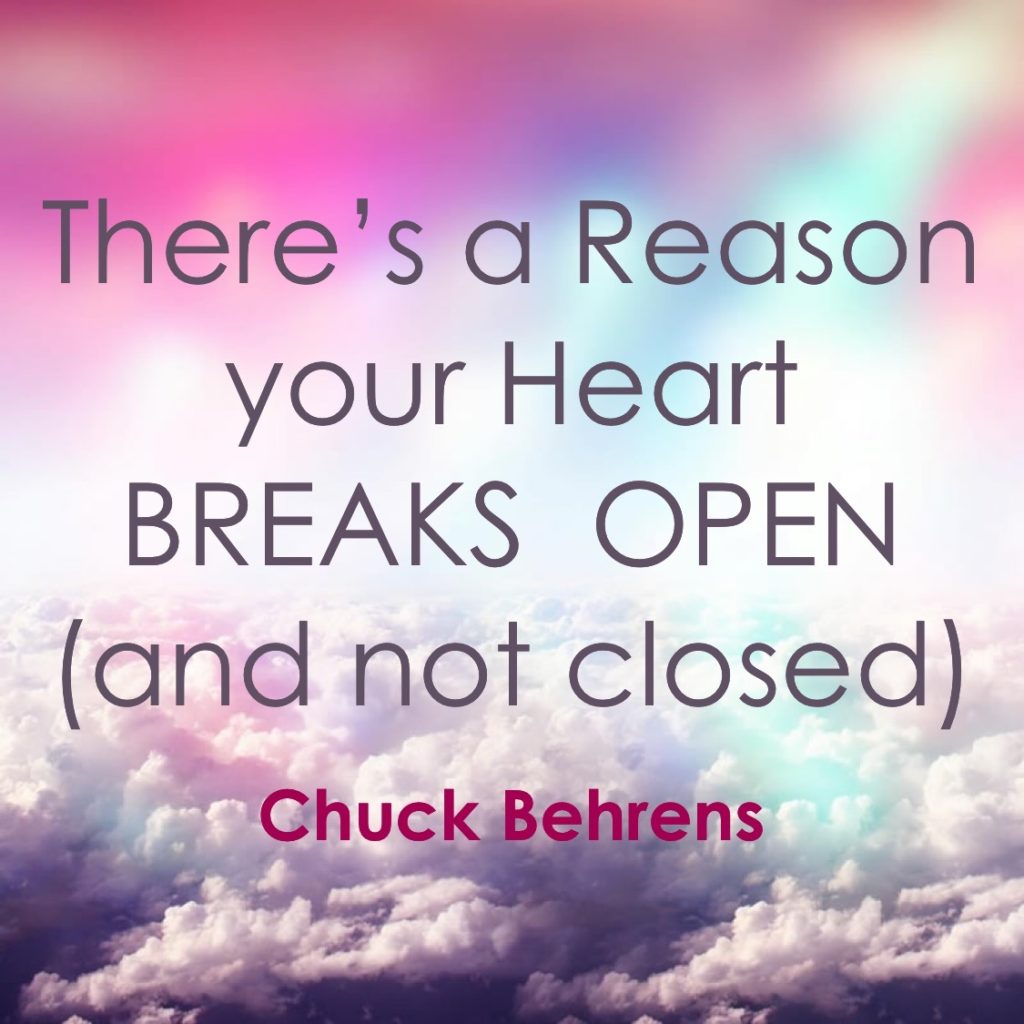



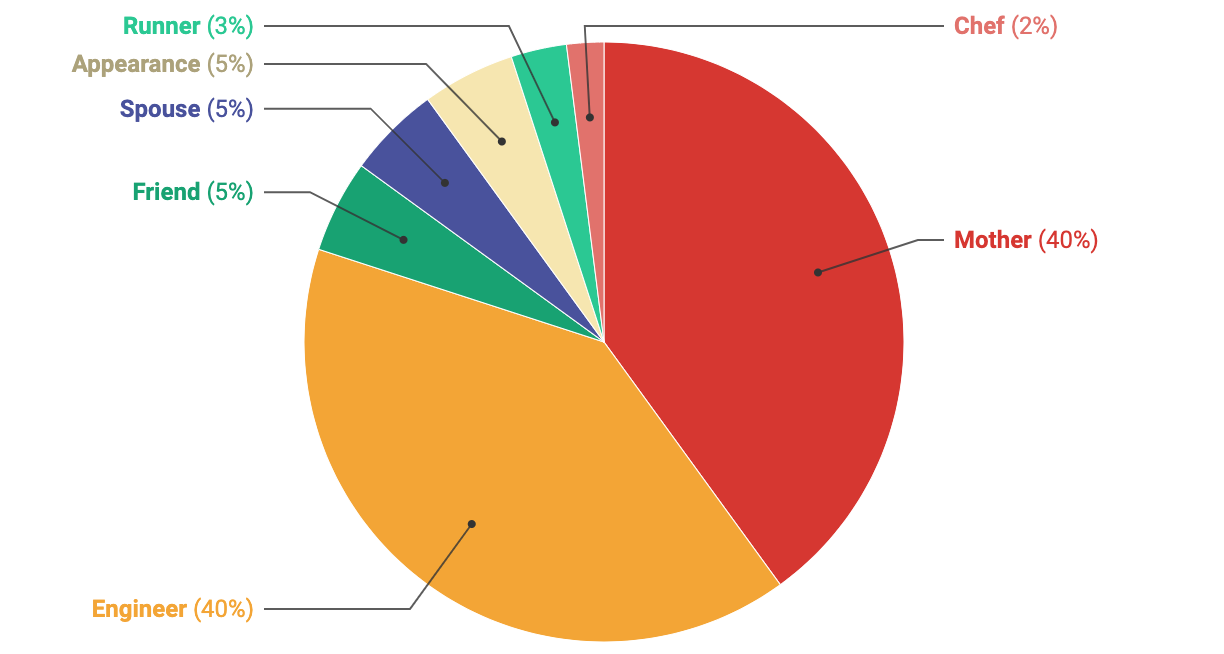


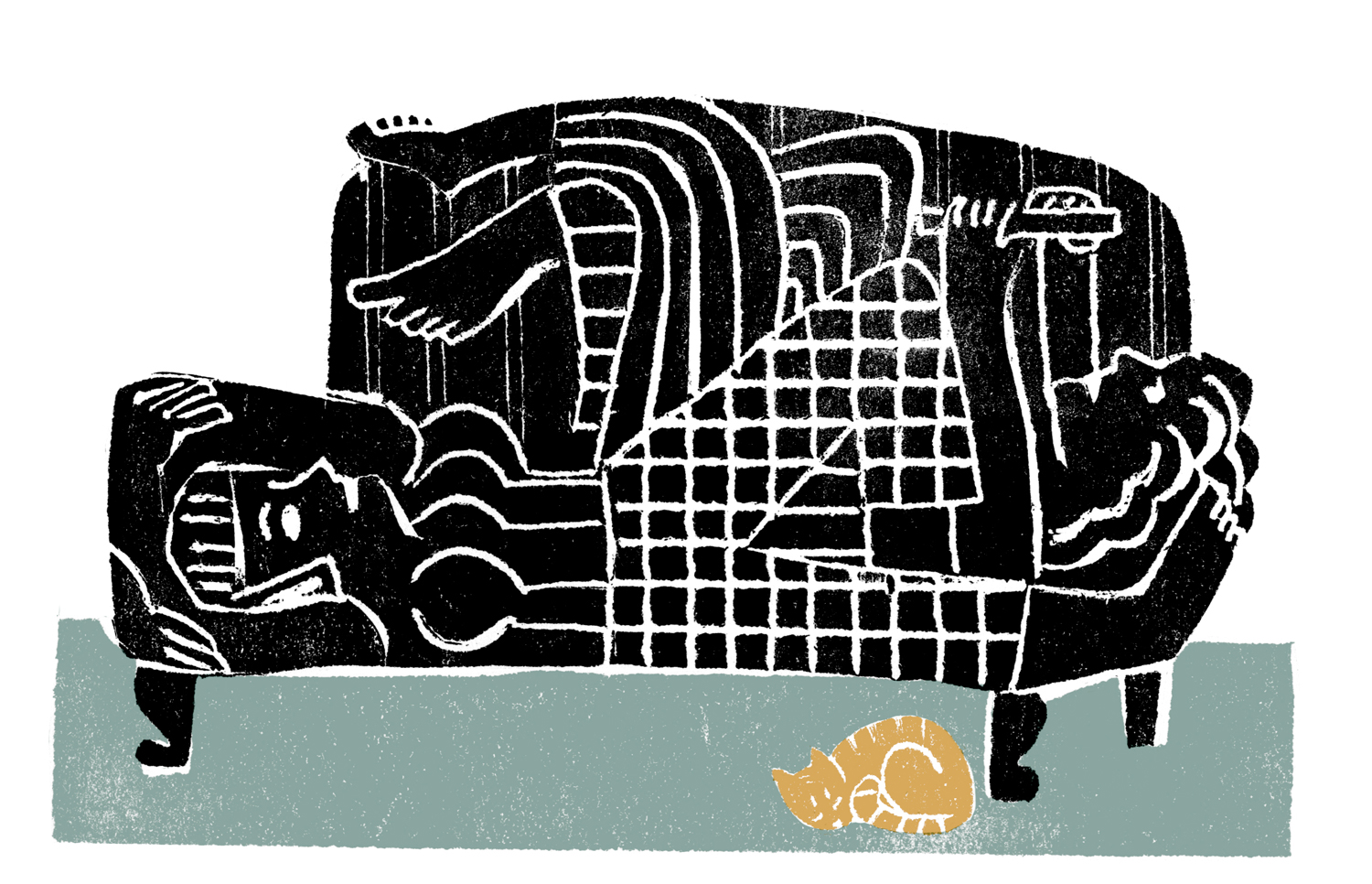 Illustration by Hadley Hooper
Illustration by Hadley Hooper 